Ubiquitin
/The function of proteins is determined by their shape. Proteins are made of chains of building blocks, amino acids. The amino acid sequence is the primary structure of the protein. Amino acids all have unique properties (size, charge). Protein shape determines if the protein prefers interactions with water (hydrophilic) or oil (hydrophobic), binds oxygen, or harvest light. The study of protein structure (crystallography) is a very important. There are two main approaches to determining protein structure: X-ray crystallography, and nuclear magnetic resonance (NMR). Structures are then stored in the Protein Data Bank, which currently has 100,000 structures.
3D printing proteins could be an easy way to interact with their structure. I'll be following this guide written by Forrest Yeh. I chose to print ubiquitin because as its name suggests, it is ubiquitous in eukaryotic organisms. It attaches to proteins after they've been made (post-translation) and regulates their activity, location, live span, and other cell processes.
After downloading the .pdb 3D crystal structure from Protein Data Bank, the best way to view the structure is with UCSF Chimera. You can change the way the structure is visualized from spheres for each atom to a cleaner and more informative ribbon with alpha helices and beta sheets (secondary structures). The visualized protein can then be exported as a .stl file which can be input into a slicer program to convert the model to G-code (3D printer commands).
Protein structures are very complex and require many scaffolds. This makes printing them difficult. The right image is the first few layers. The many dots will be the scaffolding structure. The left image is the final printed protein. There are a lot of scaffolds inside the print.
Below is an image of the final protein. On the top are beta sheets (the long flat structures). On the bottom is an alpha helix (cork screw structure). There is still some scaffolding left because the print messed up in a few places and if I remove the scaffold the protein will break. Over all this was a fun project but next time I'll have to either scale the protein up to make the features bigger or slow the printer down to catch all the details.

































